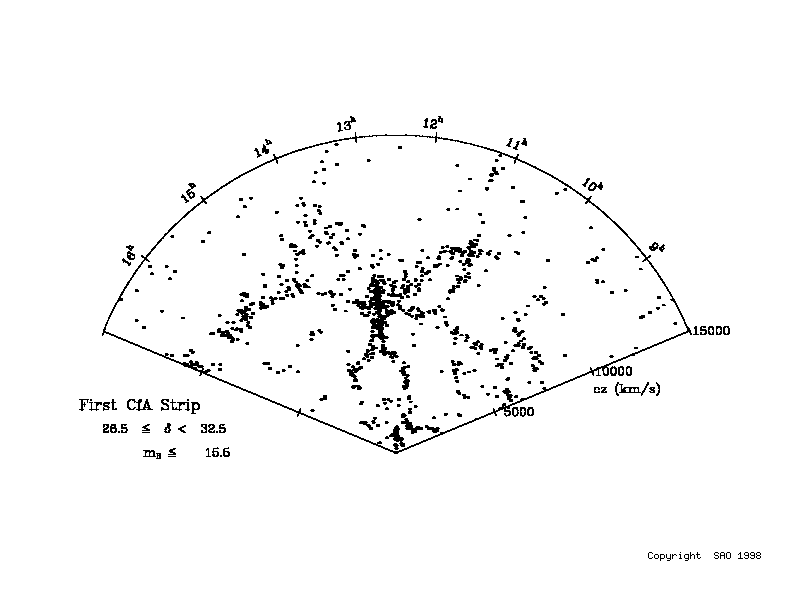Notes from the Gettysburg CLEA Workshop
Michael Richmond
June 8, 2003
Contents:
It may be useful to look at
the syllabus to a course on Observational Astronomy
I taught at RIT.
You can find an overview and some links to more detailed
information by going to
-
The basic idea behind aperture photometry:
measure light from a star within a circular region,
and don't forget to subtract the background!
- Practice some aperture photometry
- What's so great about differential photometry?
It can save you when you forget to move the dome,
among other things.
- The signal-to-noise ratio
- Converting instrumental magnitudes to a standard system
- Complications: crowding, non-uniform background, moving targets
- Some good projects for small telescopes
- There are thousands of variable stars bright enough to be
measured precisely with small telescopes. Some take
months to vary, some change in just a few hours.
One class of binary stars, cataclysmic variables,
(or CVs for short), occasionally flare up in
an "outburst" and become very interesting for a few
days or weeks. I spent a lot of time observing
one in particular: WZ Sge.
- Every now and then, a supernova will explode
close enough to the Milky Way that it is
bright enough to study with small telescopes.
- Larry Marschall will tell you about observing asteroids
with small telescopes. One can focus on
astrometry to help improve the orbits
of known asteroids, or photometry
to measure their rotation periods.
The
Collaborative Asteroid Lightcurve Link (CALL)
page can help you find other astronomers who are
interested in working together with you to determine
light curves.
In the CLEA Large Scale Structure exercise, you and your students
map a small portion of the local universe with several hundred
galaxies. You end up with a picture like this:

It seems clear that galaxies are clumped together, rather
than filling space uniformly.
But there isn't a lot to see.
Note that the most distant galaxy has a velocity
of about 15,000 km/sec, which corresponds to a redshift
of about 0.05.
In recent years, many astronomers have spent a great deal
of time and effort to measure the spectra (and so relative
distances) of LOTS of galaxies.
Two of the main surveys are
Recent maps of the universe show many more galaxies over
a much larger volume:
this map from the 2dF goes out to a redshift of about 0.30,
about six times deeper than the CfA survey.
That means it includes a volume about 6^3 = 216 times larger.



